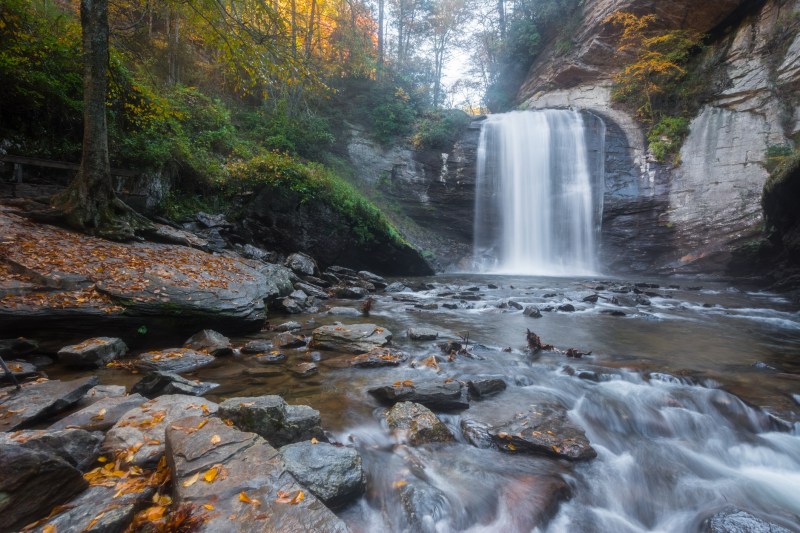
Forest bathing is all about getting in touch with nature to unwind and decompress from the stresses and pressures of everyday life. While this can be done almost anywhere, some destinations are far more expansive or luxurious than others. While Costa Rica, which is largely covered in six types of forests ranging from rainforests to cloud forests, and Kenya, home to tons of impressive wildlife species in its many forests, are excellent destinations for forest bathing, there are several that are much closer in the United States.
Olympic National Park
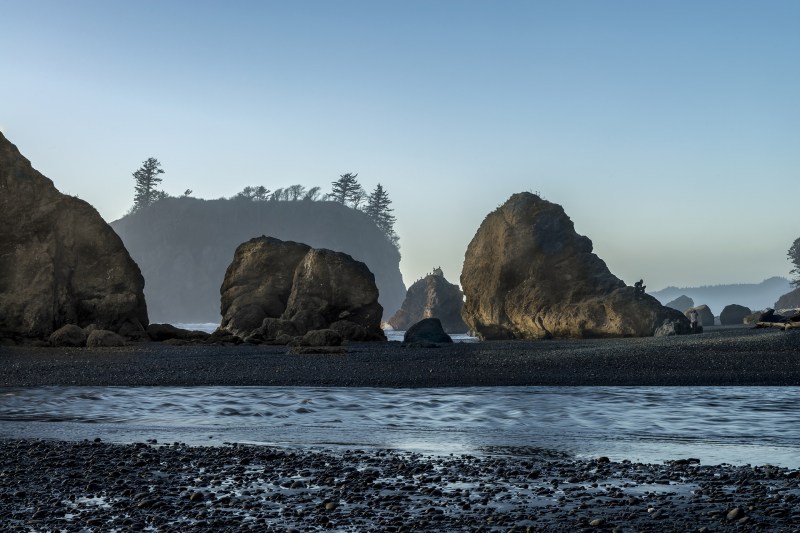
Starting in the Pacific Northwest, Olympic National Park in Washington state is one of the many stunning national parks with dramatic scenery. Wander through the temperate rainforests where you can look, listen, and smell for landmarks like glacier-fed rivers, red alder trees, lush ferns, and so much more. Olympic National Park’s pebbly shorelines are a must-see, too. You can hear the smooth stones crunch under your feet as you walk along the beach and look for interesting sea life in tidal pools. Choose to walk along short or long hiking trails depending on how much time you have to enjoy the park. However, it is rather remote, so you’ll likely spend one very full day there or opt to book a cabin retreat nearby.
Read more: Best National Parks to Visit During Warm Weather
Acadia National Park
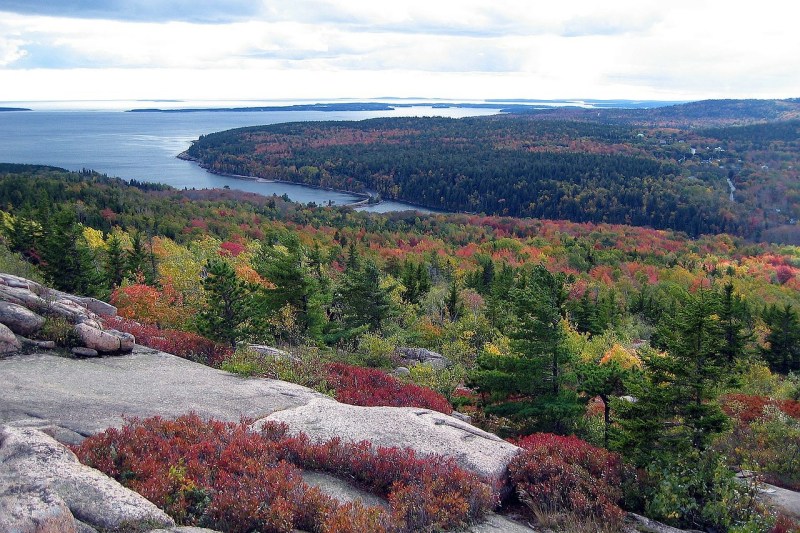
For a similar vibe along the East Coast, head for Acadia National Park in Maine. There, forest bathers will find miles of wooded trails filled with impressive flora and fauna. There are challenging trails that summit mountains as well as meandering paths through the forest floor if you prefer. Similar to Olympic National Park, Acadia also has a rocky, if higher, coastline with cliffs that plunge into the sea and time-worn rocks that send waves shooting into the air. There are some paths that lead you to the water’s edge as well, where you can explore the tidal pools, too.
Blue Ridge Mountains
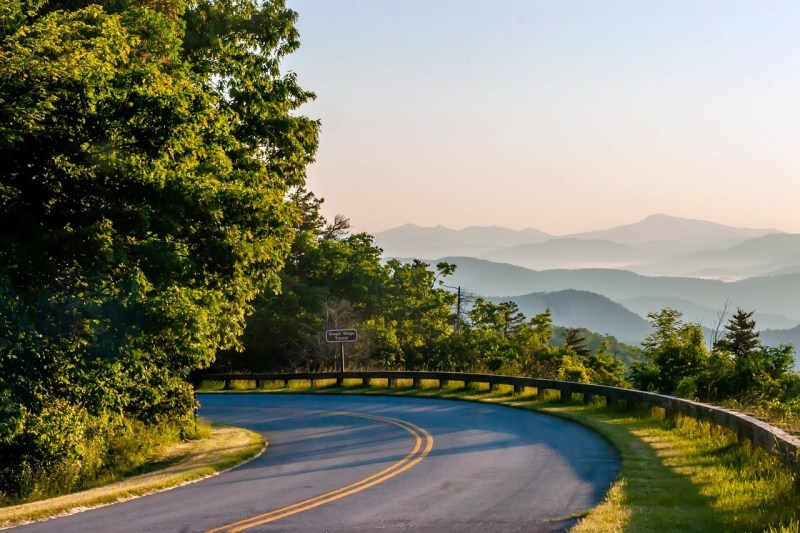
The softly rounded and gently rolling Blue Ridge Mountains of North Carolina are among the oldest in the world. They are home to lush forests with fern banks along the floor and moss or lichen clinging to the rock faces. Fragrant flowers such as mountain laurel bloom and mingle with the smell of the rainforest’s damp earth. You can book a tour with an outfitter like Asheville Wellness Tours or simply drive along the Blue Ridge Parkway. There you can explore tons of trails through the woods or up onto open summits where you can take in the whole of the forest below. You can even watch the mountains turn deeper and deeper shades of blue as the day goes on thanks to the isoprene that the trees release.
Read more: Best Swimming Holes in America
Ko’olau Forest Reserve
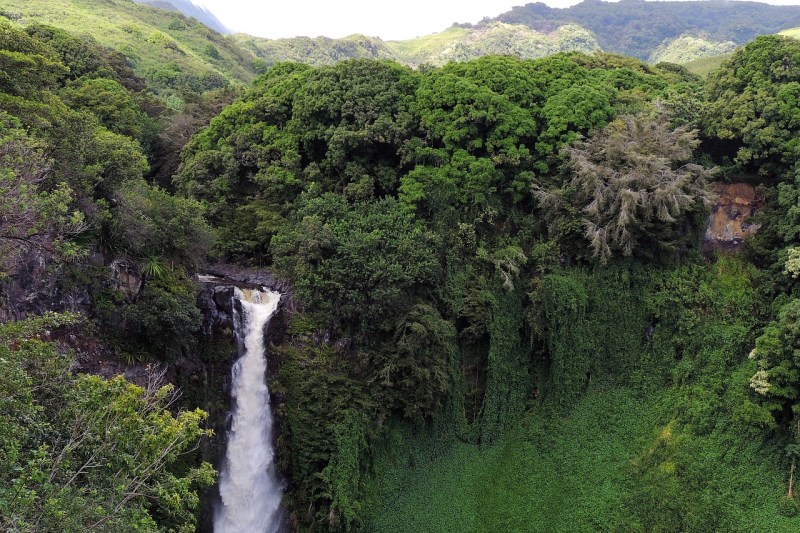
Those looking for a more tropical escape to connect with nature should head for Hawaii. Though there are tons of forest reserves and parks to explore on the islands, Ko’olau Forest Reserve on Maui should be high on the list of ones to visit. The expansive reserve backs up to two other protected forests and is filled with amazing lush wooded areas to explore. There are tropical plants to see, a beautiful waterfall, and so much more.
If you find your trip does not take you to Maui, you can book a tour with the state’s first certified forest therapy guide, Phyllis Look of Forest Bathing Hawaii, for a tour in one of two places on O’ahu.
Muir Woods National Monument
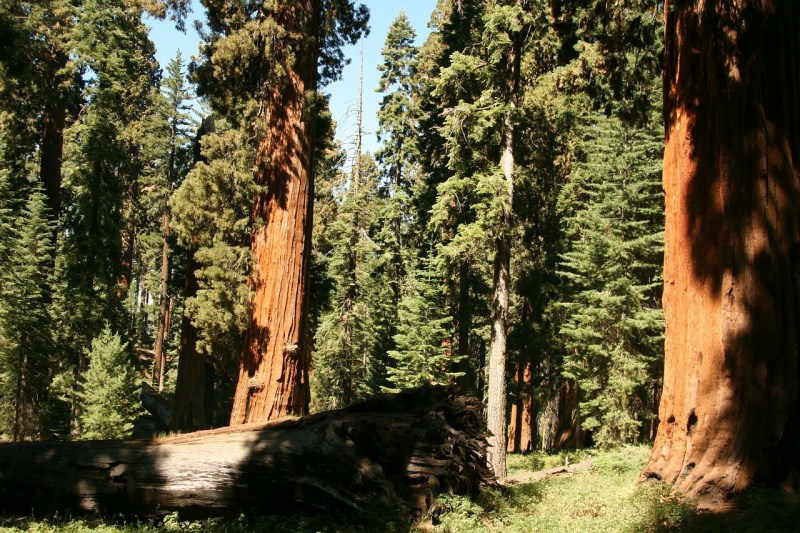
Exploring the redwood forests of California should be high on the list for most people. These old-growth forests are unlike anything you’ll likely see anywhere else. From their distinct hue to the jaw-dropping height and width of the trees, the redwoods are like stepping through another world for many. Depending on how much time you have, you can explore the redwoods in a number of parks and forests. From wandering Lady Bird Johnson Forest to the Muir Woods National Monument, there are tons of trails where you can gawk at the sheer massiveness of the ancient trees. If you are short on time, the Muir Woods National Monument is quick to walk. It’s also easily accessible since it is just across the Golden Gate Bridge.


